(First upload on September 20 2009. Last on February 19 2024) [ 日本語 | English ]
Mount Usu / Sarobetsu post-mined peatland
From left: Crater basin in 1986 and 2006. Cottongrass / Daylily
HOME > Plant list (植物リスト) > Asteraceae (キク科) > Helianthus tuberosus
Helianthus L.[ H. laevigatus | H. tuberosus | H. annuus | H. cucumerifolius or debilis ] ☛ H. strumosusKiku-imo (キクイモ, 菊芋), Jerusalem artichoke Buta-imo (ブタイモ) Lifeform: perennial forb Distribution: native to the North America (exotic to Japan) Habitat: woodlands, cultivated fields, roadsides, etc. |
Ligulate flower ≈ 10-20 with 3-5 lobed top ⇔ H. strumosus
Chromosome number: 2n = 68 or 102 A couple of cultivars (e.g., boston red, dwarf sunray, fuseau, long red, and stampede)
|
|
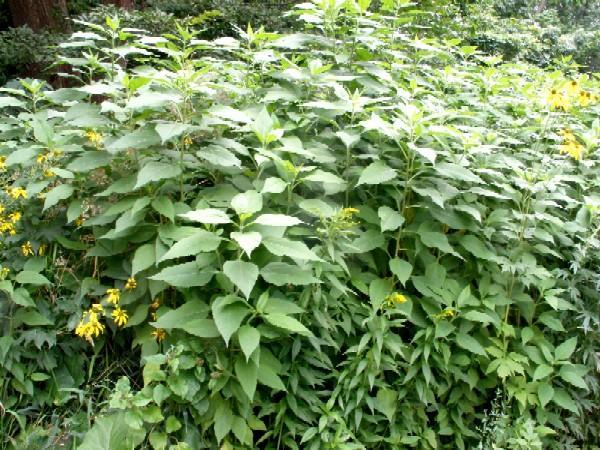 1
1
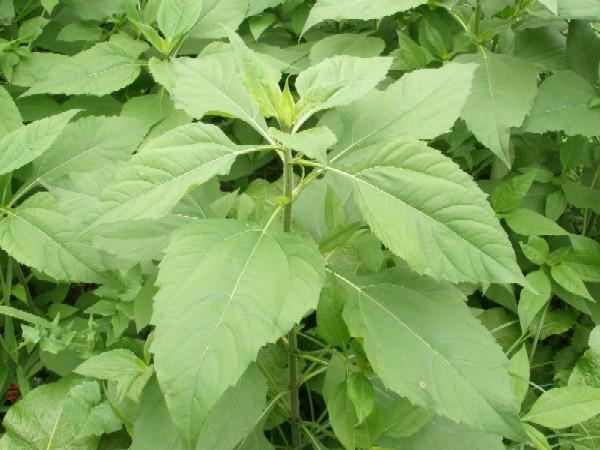 2
2
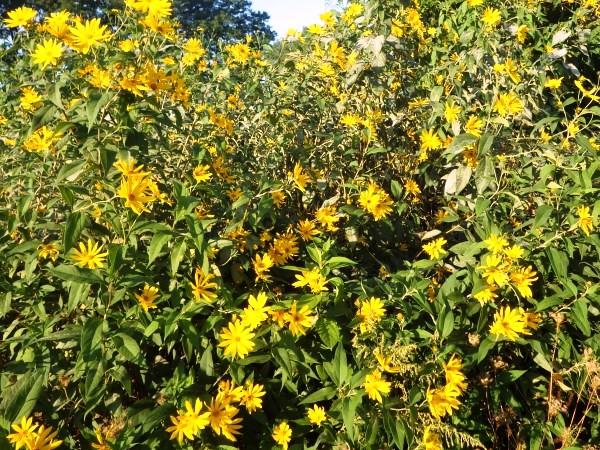 3
3
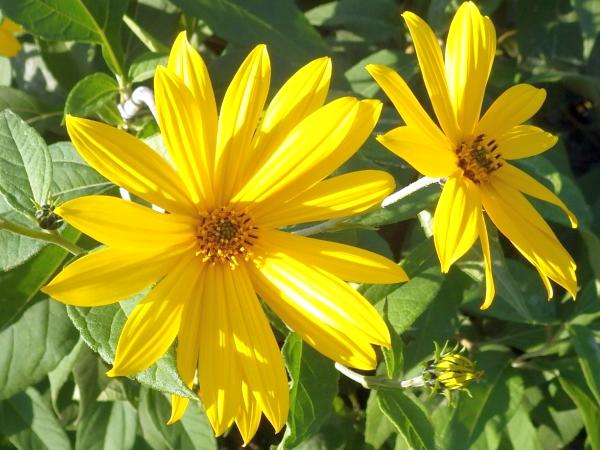 4
4
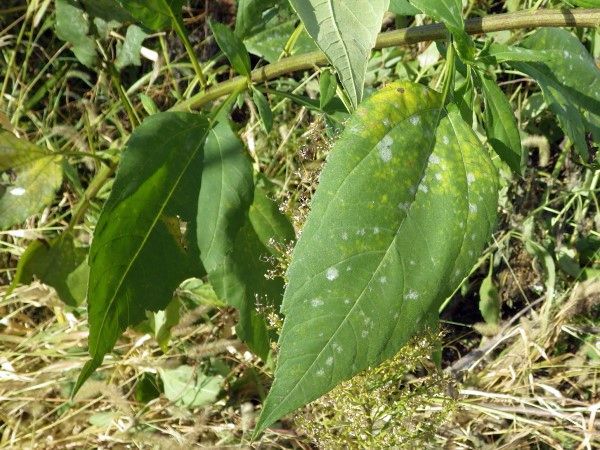 5
5
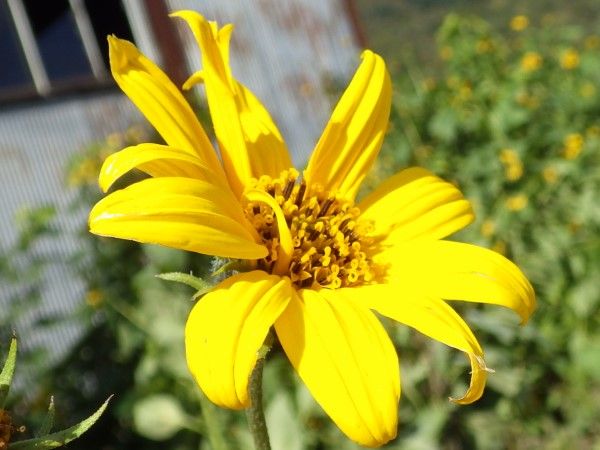 6
6
[1] a clonal patch at a park, N28/E4, Sapporo City, on August 30 2009. [2] close-up of leaves at the edge of Keiteki-no-mori Forest (恵迪の森) in Hokkaido University campus on August 31 2009. I have never seen the flower in the city of Sapporo. That may suggest that this species is vegetatively reprodued only in the region. [3/4] at the campus of Hokkaido University of Education at Hakodate, southern Hokkaido, on September 26 2014. [5/6] near the intersection of the Shubuto River and the National Road Route 220, western Hokkaido, on October 12 2023.
|
Yanagibahimawari (ヤナギバヒマワリ, 柳葉向日葵), smooth sunflower confusing with Helianthus salicifolius A. Dietr., because the common name is willowleaf sunflower |
Lifeform: rhizomatous, perennial forb Distribution: north America (east-central and southeastern United States from Georgia to Maryland) |
Cultivars: golden pyramid, yellow submarine |
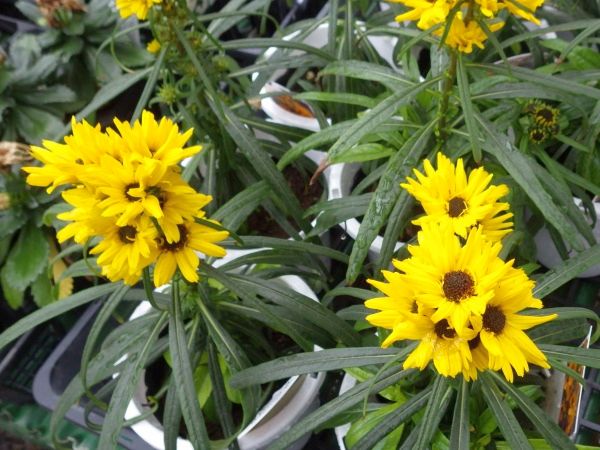 1
1
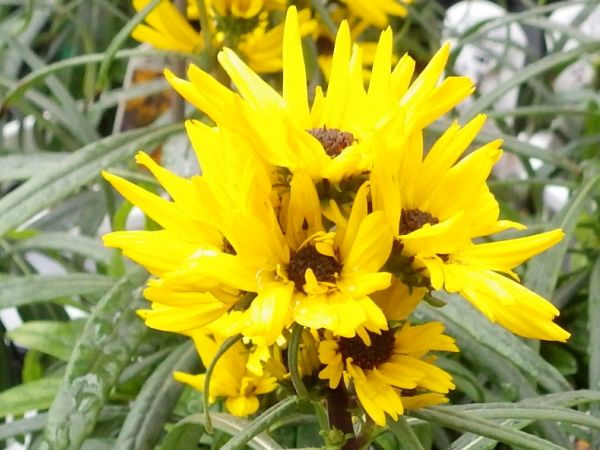 2
2
[1/2] cv. golden pyramid in a large garden store, Sapporo, on November 4 2017.
|
Himehimawari (ヒメヒマワリ, 姫向日葵) Lifeform: annual forb Origin: North America, cultivar of H. annuus |
Habitat: escaped but not establsiihed |
Chromosome number: 2n = 34 Synonyms: Helianthus debilis Nutt., often used |
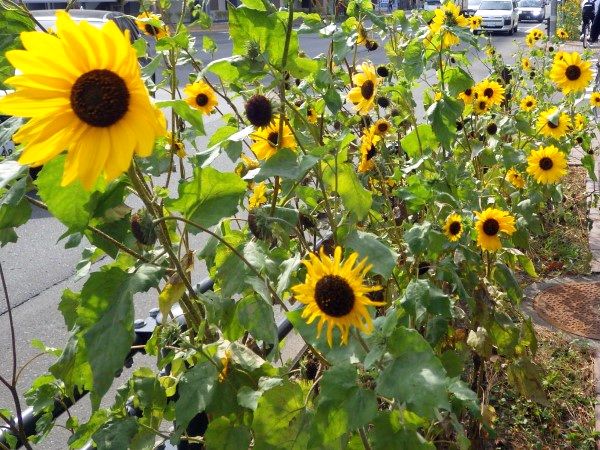 1
1
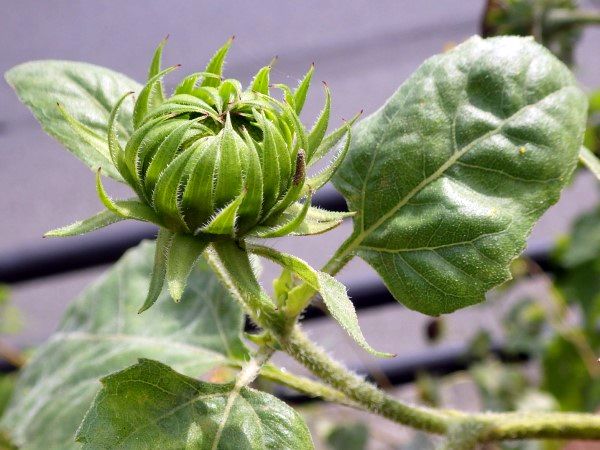 2
2
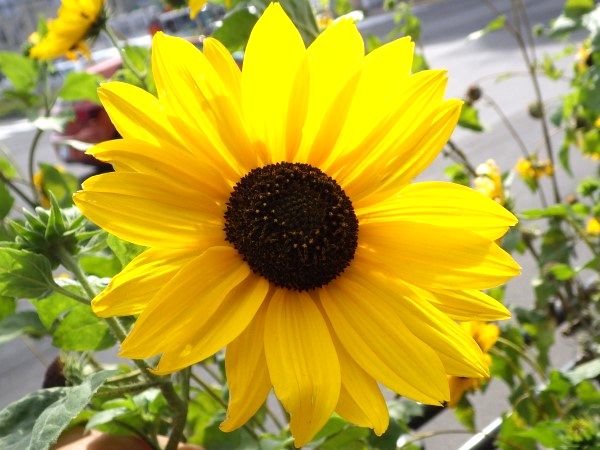 3
3
[1-3] along Hokudai Street in front of Hokkaido University Hospital on September 12 2022.
|
Himawari (ヒマワリ, 向日葵), sunflower Lifeform: annual forb |
Distribution: native to western North America Habitat: escaped from gardening |
Seed: utilized for food and oil Cultivar: Tohoku Yae (東北八重): semi-dwarf and double-flowered |
 1
1
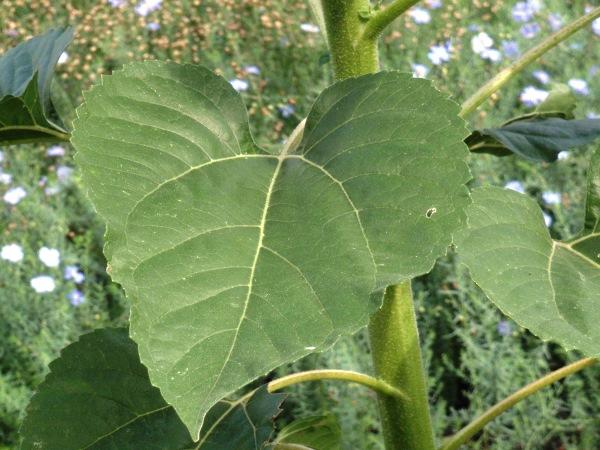 2
2
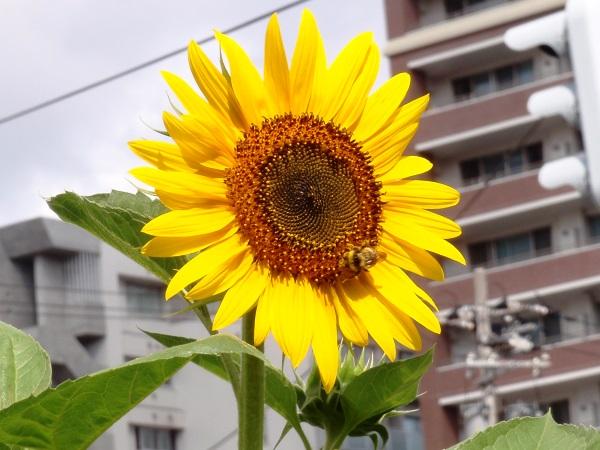 3
3
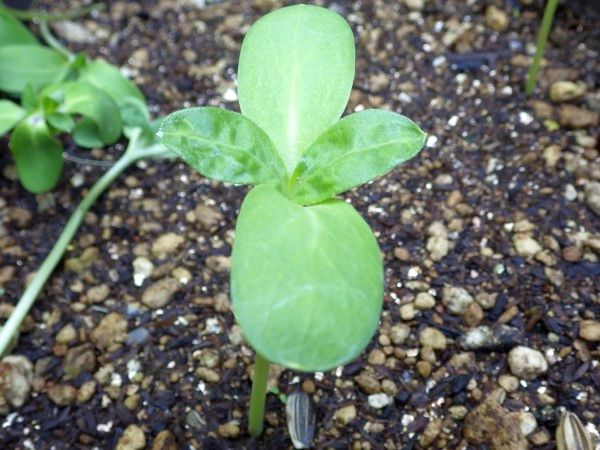 4
4
[1-3] close to a bridge on Sosei River at N10/E1, Sapporo. [1/2] a bumble bee on an inflorescence on August 22 2013. [3] on August 21 2013. [4] used for a growth experiment at the backyard of GSEES on June 13 2020.
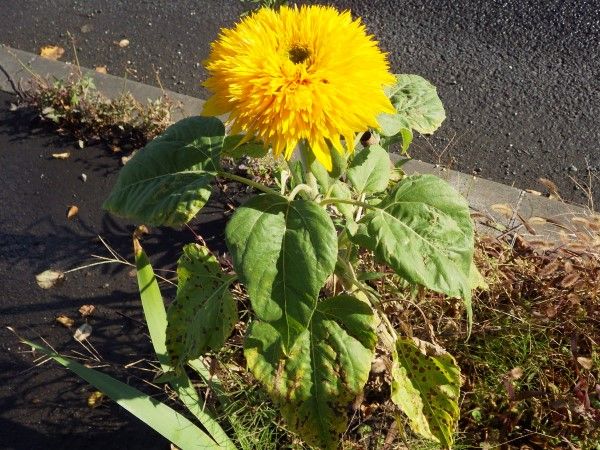 1
1
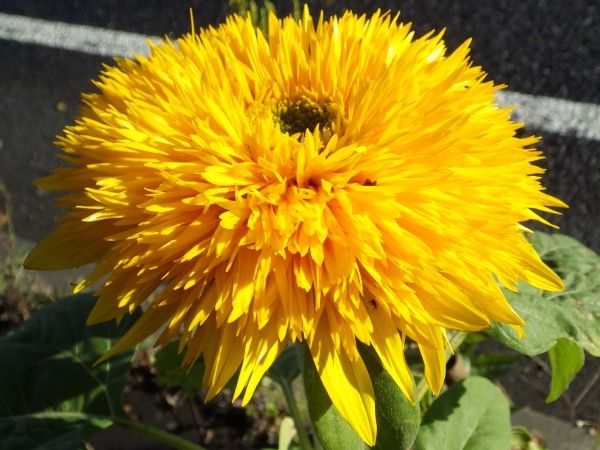 2
2
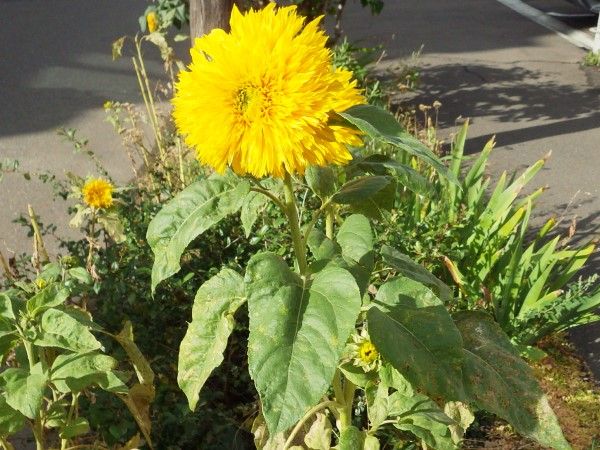 3
3
[1/2] under a street tree near Fuji Woman's University, Sapporo, on October 9 2018. [3] under a street tree in N18/W5, North Ward, Sapporo, on October 19 2022.